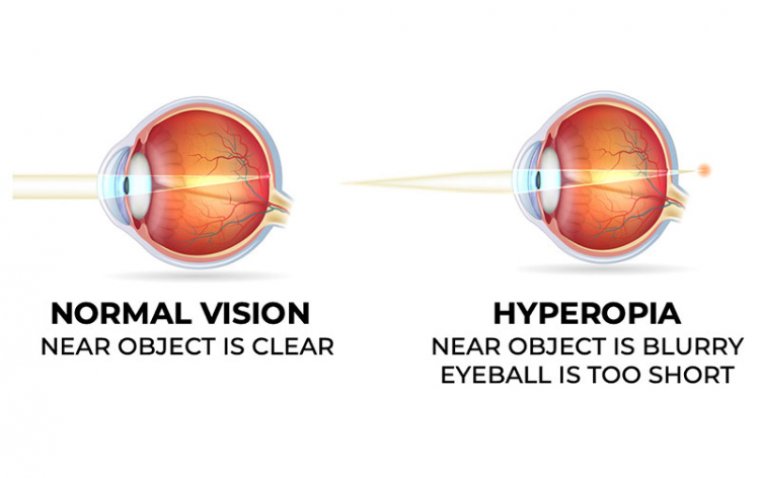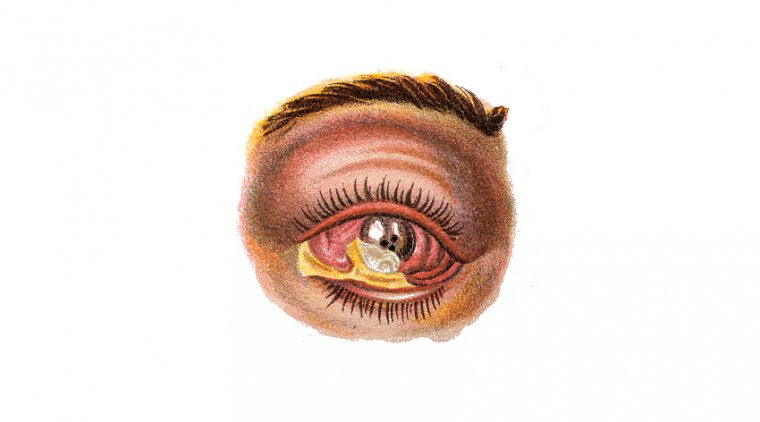
What Is Scotoma?
Scotomas can be referred to as blind spots, which are the areas we cannot see. They appear dark or very light, blurred or in a flickering state. These can either be short or long-term. Scotomas don’t cause any serious problems since we have two eyes. You can easily notice a scotoma when you close the unaffected eye.
What Causes Scotoma?
A lot of medical conditions may lead to scotomas. Temporary scotomas are mainly caused by conditions in the brain like seizures, migraine, or reduced blood flow.
Long-term, permanent scotomas usually result from brain disorders like brain tumors, seizures, migraine, or reduced blood flow. Other than that, damage in the optic nerve caused by glaucoma, scarring in the retina, sclerosis, and stroke can also lead to scotomas.
A blind spot that grows is a sign of retinal detachment, meaning that retina layers separate and cause vision loss. In such cases, surgery is necessary to prevent the patient from blindness.
What is The Scotoma of The Eye?
A scotoma is a blind or blurry spot in our vision. It can be either temporary or permanent depending on its cause. Unfortunately, most cases are permanent and can decrease the patient’s vision drastically.
What Causes Scintillating Scotoma Without The Headache?
Cortical depression, which can be referred to as abnormal electrical activity in the brain, results in scintillating scotomas. These electrical abnormalities may occur due to high blood pressure, inflammation, or hormonal fluctuations.
The most common health conditions linked to scintillating scotomas are as follows: brain tumor, visual or ocular migraine, seizure, stroke, glaucoma, retina damage, hypertension, stress…etc
How to Stop Scintillating Scotoma
In most cases, scintillating scotomas don’t require treatment. Mainly, the blind spot will heal on its own within a few hours. Closing the eyes, resting, and relaxing help with the situation. Over-the-counter pain killers also help to relieve mild symptoms.
Can Scotoma be Cured?
Whether scotoma is temporary or permanent changes the answer to the question. As mentioned earlier temporary scotomas which are usually caused by a migraine don’t need to be cured. Permanent or fixed scotomas cannot be treated with prescription glasses or surgery, but treating the underlying cause of the scotomas can prevent new blind spots from forming.
How Long Does a Scotoma Last?
Most the scotomas with temporary causes usually resolve in a few hours on their own and do not require any treatment.
Why Do I Suddenly Have a Blind Spot?
Often temporary scotomas are linked to the problems in our brain, like migraine, seizures, tumors.
Growing and fixed scotomas can be due to retinal detachment and require surgery before it gets worse.
Can Stress Cause Scintillating Scotoma?
Lifestyle factors like the stress we go through in our daily lives can cause scintillating scotoma. Hence, many people may be more at risk of developing scintillating scotoma.
Can an Eye Doctor See Scotoma?
The eye drops doctors use to dilate pupils help them to examine our retina and optic nerve. As damage to the retina, macula and optic nerve may lead to scotoma, doctors can check and diagnose whether you have it or not.
Types of Scotoma
There are 3 types of scotomas: Scintillating Scotomas, Central Scotomas, and Paracentral Scotomas.
Scintillating Scotomas: Unlike the other types of scotomas, scintillating scotomas have pulsating, shimmering light effects in the eye.
Central Scotomas: As the name indicates, a central scotoma is a blind spot directly in the line of sight, which affects the quality of living. It can cause problems with seeing colors and details. Patients with central scotomas usually have difficulty with driving and reading.
A central scotoma is a blind spot directly in your line of sight. This type causes visual field defects that make daily tasks seem challenging or impossible. Dim lighting may slightly improve central vision as low light dilates the pupils.
Paracentral Scotomas: A paracentral scotoma causes vision loss within 10 degrees of the focal point, meaning that the blind spot is not directly in the line of sight. This type of blind spot lead to peripheral vision loss or what we call “tunnel vision”.
As they all have a different underlying cause, you may happen to experience paracentral scotoma or several others.
(1).jpg)










